When I first heard about the Costa Tropical in Granada, I honestly didn’t believe Spain had a coastline dotted with palm trees, tropical fruits, and fishing villages perched on cliffs. This stretch of southern coast is a real hidden gem. The Mediterranean climate here creates lush landscapes and lets mangoes, avocados, and custard apples grow right by the sea. It’s nothing like the crowded resorts you see in other parts of Spain.
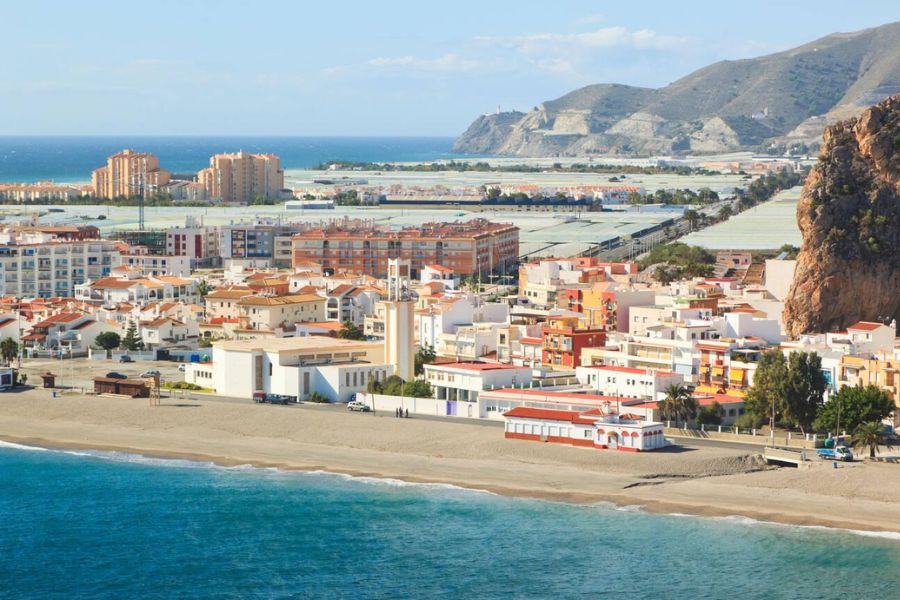
I wandered through towns like Almuñécar and Salobreña, tasting fruit picked that very morning. From whitewashed hilltops, I gazed out over turquoise water. The coast mixes laid-back beach vibes, small-town Spanish culture, and those refreshing sea breezes. This is how I discovered Granada’s tropical side—where you can hike rugged headlands, eat local produce, and actually escape the tourist crowds for once.
Costa Tropical’s Unique Geography: Where Granada Meets the Mediterranean
Costa Tropical really caught me off guard with its mix of rugged cliffs, quiet beaches, and a climate that just doesn’t feel like the rest of Spain. Granada’s province kind of slips right into the Mediterranean, creating a landscape and a vibe that’s different from the flashy resorts to the west.
Cliffside Villages and Dramatic Landscapes
Villages like Salobreña and Almuñécar perch high above the sea, spilling down steep hillsides. From afar, they look a bit like those famous Italian cliff towns, but up close, the whitewashed houses and stone streets are unmistakably Andalusian.
The views are something else. You can watch the sun drop into the water or spot fishing boats heading back with their catch.
The coastline runs for about 75 to 100 kilometers, depending on where you start and finish. What stands out are the rocky headlands and sudden inlets. The land here isn’t like the British Isles or volcanic islands. Instead, ancient rivers and shifting tectonic plates shaped the terrain.
Streets zigzag up and down, and every turn reveals something new—a cluster of olive trees, a burst of pink bougainvillea, maybe a path down to the sea.
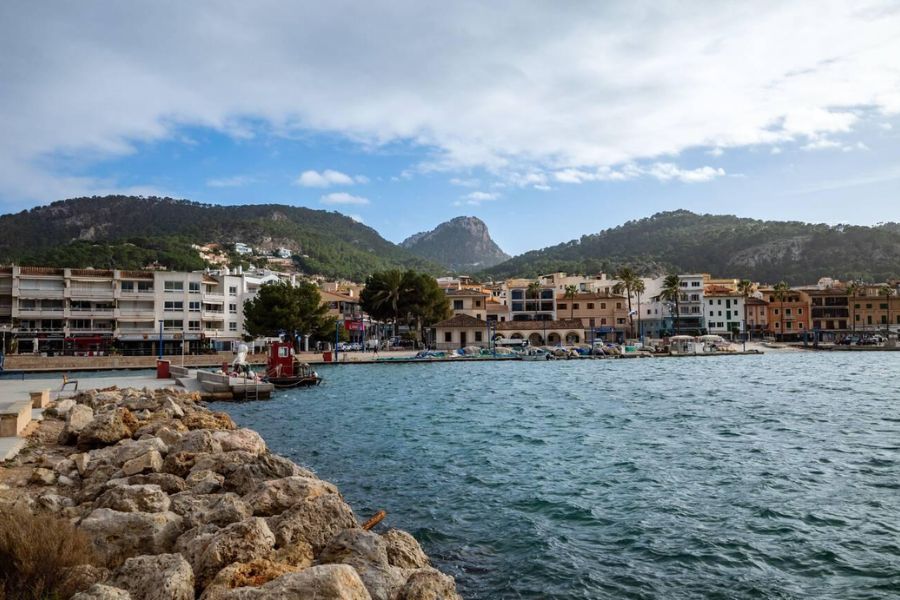
These high spots don’t just look good. They keep little communities tight-knit. For visitors like me, they offer a new view around every corner.
Winding roads might slow you down, but honestly, that just makes each arrival feel like a mini adventure.
Hidden Coves and Secluded Beaches
A lot of people expect long sandy beaches here, but the real magic hides in the tiny coves tucked between cliffs. Some—like Playa de la Rijana or Cantarriján—are tough to find unless you already know about them.
I followed narrow dirt trails lined with prickly pear and wild fennel just to stumble onto a hidden patch of sand and clear, turquoise water.
These beaches stay much quieter than the big tourist spots nearby, like those on the Costa del Sol. My favorite ones only had a handful of sunbathers and the occasional chiringuito selling fried fish and cold drinks.
The rocky coastline creates clear, shallow water—perfect for swimming or snorkeling in peace.
If you have a little time, rent a kayak or paddle board. You’ll get to see caves and stretches of shoreline you’d never spot from the main road.
The sense of seclusion is what makes these places special—no mega resorts, just the sound of waves and maybe a few locals laughing nearby.
Microclimates and Their Impact on Local Life
Costa Tropical gets its name from its microclimate. The Sierra Nevada mountains behind it and warm air drifting up from North Africa keep winters mild and summers sunny, but not unbearably hot.
The temperature and humidity here are just right for crops you won’t see anywhere else in mainland Spain.
I saw groves of avocados and cherimoyas, plus mango and papaya trees. It’s easy to stop at a roadside stand and try fruit as fresh as you’d find on a tropical island. No need to fly to the Canaries or even farther.
This weather has changed local traditions. Street markets sell more tropical food, and daily life follows the rhythm of sun or the odd burst of rain.
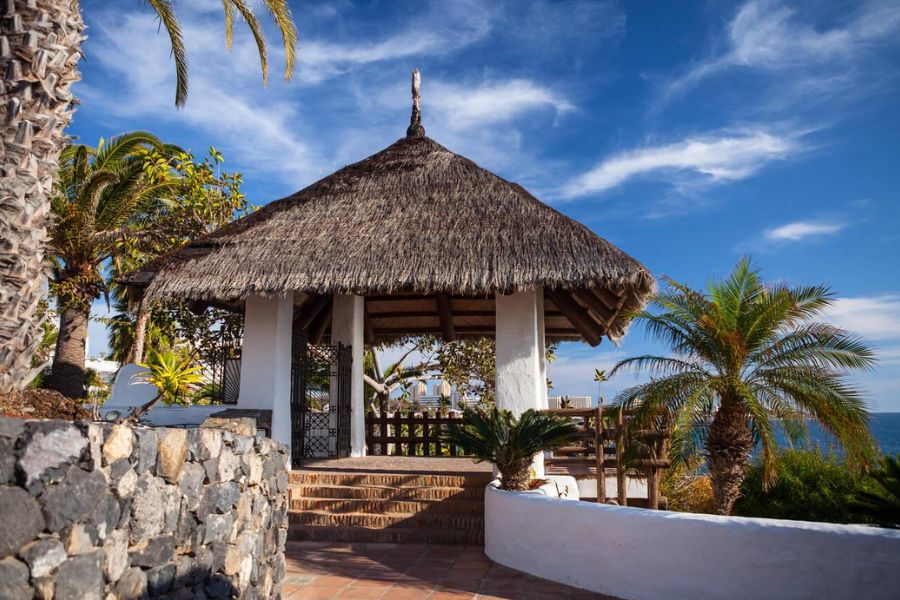
Restaurants serve fish caught that morning, seasoned with herbs grown right up the hill. Everything feels tuned to these special conditions—a blend of Mediterranean and subtropical that shapes what you taste, see, and experience as soon as you arrive.
Tropical Fruits of the Costa: Flavors Shaped by the Land
Granada’s Costa Tropical is famous for its microclimate and rich farmland, where rare tropical fruits grow right by the sea. The landscape pops with sweet flavors, colorful markets, and old-school farming that shapes local food and life.
Mangoes, Avocados, and Chirimoyas
Driving along the Costa Tropical, I kept seeing groves of mangoes and avocados. Their bright colors almost glow in the sun, hinting at the flavors inside.
Mangoes here are especially juicy—honestly, maybe the best I’ve tried. Local avocados are creamy and thick, making any salad or sandwich a little more special.
Chirimoyas—or custard apples—were totally new to me. The soft, white flesh tasted like a mix of custard and banana. Not sure why I never tried them before.
The region is known for these fruits because the Mediterranean climate and mountain shelter make winters mild and frost rare. Tropical plants thrive almost all year.
On farm tours, I learned the same land grows loquats and guavas, too, which just adds to the mix.
Here’s a quick table of common fruits you’ll find around here:
| Fruit | Season | Flavor Profile |
|---|---|---|
| Mango | Aug–Oct | Sweet, fragrant, juicy |
| Avocado | Oct–Apr | Creamy, mild, nutty |
| Chirimoya | Oct–May | Sweet, custardy, floral |
| Loquat | Mar–May | Tart, slightly sweet |
Agriculture and Local Farming Traditions
Family farms really keep Costa Tropical’s agriculture alive. Most growers use techniques passed down over generations.
The terraced hills squeeze every bit of land into use, with some stone borders so old they’re covered in moss.
I met a farmer near Motril who showed me how water channels called acequias bring mountain water to crops. The Moors introduced these, and people still depend on them for irrigation.
Farmers often rotate crops, mixing avocados and chirimoyas with olive trees or vegetables. Some even invite guests for tours or tastings—there’s nothing like fruit straight from the tree.
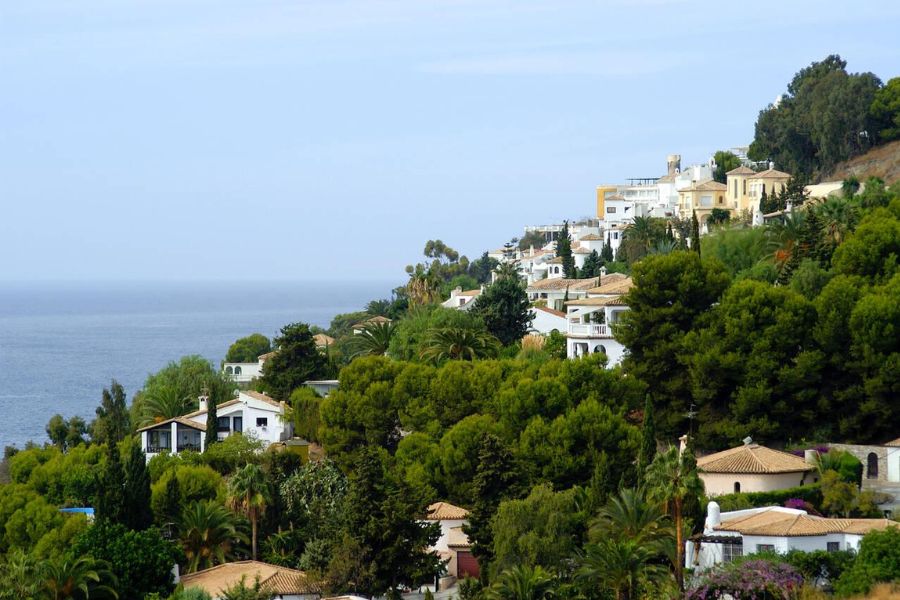
Younger farmers have started using new tech, like soil testing and climate tracking, to boost yields. But the traditional spirit still runs strong.
Fruit Markets and Tasting Experiences
Markets here overflow with color and noise. In Almuñécar, I browsed rows of fresh mangoes and chirimoyas, their scent filling the air.
Vendors often slice up samples—after one bite, I always wanted more.
Lots of stalls list where the fruit came from, and some even have photos of their farms. Asking for recommendations became my go-to move for discovering new favorites, like sweet loquats or tart granadillas.
Some markets have tasting stands so you can try different fruits before buying. These tastings helped me compare varieties and pick up some local tips on flavors.
Smaller village markets sometimes hide the real gems. Women in aprons share recipes their families have used forever. Tasting fruit with cheese, honey, or bread gave familiar flavors a new twist.
Seasonal Delights and Street Vendors
Each season brings its own treats. Spring means baskets of loquats. By summer, mangoes turn up everywhere, bright orange and warm from the sun.
In autumn, chirimoyas and avocados pile up at market stalls and roadside stands.
Street vendors sell fruit straight from trucks or carts parked along cliffside roads. One vendor sliced a mango for me, sprinkled a little chili powder, and handed it over with a grin.
Island tourism has left its mark, too. Sometimes you’ll find coconut or pineapple mixed into the snacks. Vendors often offer cups of mixed fruit, which is perfect if you’re just passing through.
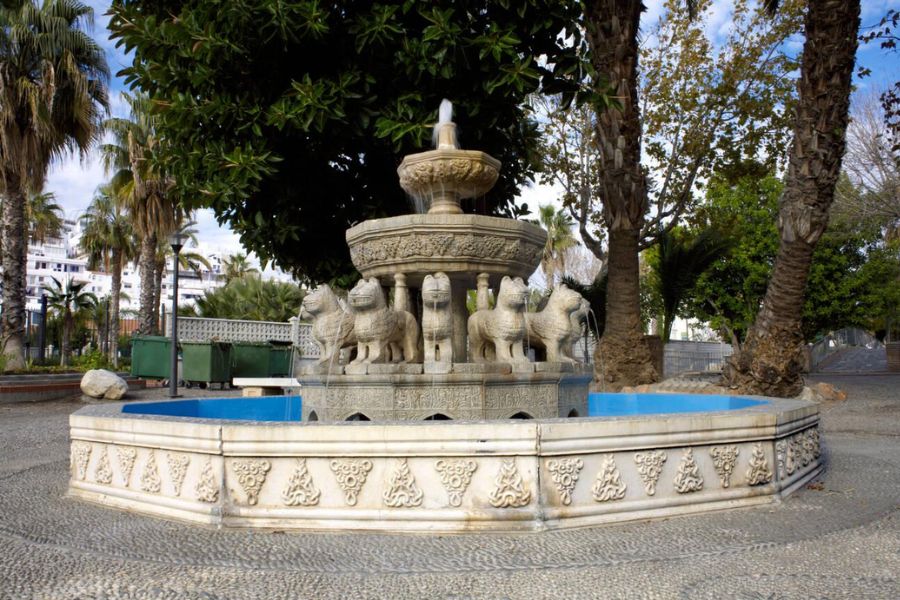
Even at tiny beach shacks, you’ll find fresh tropical fruit in drinks, smoothies, or cold desserts. Whether you’re in a mountain village or by the sea, these seasonal bites connect you to the land and culture with every taste.
Exploring Cliffside Villages: Stories of Tradition and Culture
Whitewashed towns perch on cliffs, their winding lanes echoing with old customs and lively daily routines.
Each place I visited had its own mix of history, creative energy, and coastal beauty.
Salobreña: The Whitewashed Fortress Town
Walking into Salobreña, the castle above the sugarcane fields immediately caught my eye. The Moorish fortress, once a stronghold for rulers, crowns a rocky hill with views stretching from the Sierra Nevada to the Mediterranean.
Its thick walls hold centuries of stories—battles, legends, and the lives of everyone who’s called this place home.
Streets twist through whitewashed houses, with flowers spilling over balconies and artists finding inspiration around every corner.
Locals love to share tales of the town’s past, sometimes pointing out where ancient stones from old walls now support new homes.
Traditions still shape daily life here. Older men play dominoes in the square. Women sell tropical fruits—mangoes and chirimoyas—at the market. The place feels like the soul of Andalusia, proud but always welcoming.
Almuñécar: History, Beaches, and Festivals
Almuñécar buzzes with energy and history. The Romans built a city here, leaving aqueducts and ruins of a fish-salting factory that you can still wander through.
Its old quarter, San Miguel, climbs up yet another hill, topped by a castle that’s watched over the bay for centuries.
Beaches stretch out just below, but honestly, it’s the culture that draws you in. Local artists sell colorful ceramics and paintings.
Street musicians fill the evenings with Spanish guitar, especially during the weekly markets.

Festivals are everywhere. I visited during the Fiesta de San Juan. Bonfires glowed on the sand, families celebrated late into the night, and tradition mixed with pure joy. Even as a visitor, I felt like part of the celebration.
La Herradura: Coves and Quiet Corners
La Herradura, with its horseshoe-shaped bay, feels like a peaceful retreat. The town’s white-walled houses nestle between steep cliffs and hidden pebble coves.
I explored quiet beaches and found secluded spots perfect for swimming or just sketching the view.
Unlike busier resorts, La Herradura stays relaxed, attracting divers and nature lovers. I chatted with local fishermen who shared stories passed down through generations, explaining how their families shaped the coastline.
Small tapas bars serve tropical fruits and fresh seafood. Local artists hang out in cafes, sketching the sea or swapping legends about pirates and old trades.
The mix of tradition and calm sets this village apart—it’s the kind of place that sticks with you.
The Fusion of Heritage: Costa Tropical’s Ancient and Modern Influences
History and daily life blend everywhere along Costa Tropical. As I walk the coastline, I spot Roman ruins, Moorish forts, lively street scenes, and local fiestas that fill the air with music.
Roman Remains and Moorish Architecture
No matter where I go in Costa Tropical, I stumble across traces of the Roman Empire. Some coastal paths still follow ancient Roman roads.
Ruins of old fish-salting factories sit near the beaches, especially around Almuñécar. These places tell the story of a busy trading coast, where Romans brought goods and built villas with sea views.
Above these Roman layers, Moorish design stands out. The castle, Castillo de San Miguel, rises with thick walls and sweeping views.
Its architecture features graceful arches, lookout towers, and quiet courtyards that echo with history.
In some villages, I notice Islamic geometric patterns carved into doorways. Tiled fountains cool small plazas.
Whitewashed houses, narrow lanes, and fortress remains all show how past cultures shaped Costa Tropical. It feels like a living museum at every turn.
Andalusian Traditions in Local Life
When I spend time in these seaside towns, I feel Andalusian customs shaping everyday life. The siesta? It’s real—shops close after lunch, and the streets slip into a peaceful hush.
Local fishermen mend their nets on the docks. Families gather at little “chiringuito” beach bars, sharing plates of grilled fish and swapping stories.
Evenings buzz with the sound of flamenco guitar drifting through the squares. Sometimes I join in spontaneous dances, the rhythm pulsing under open skies.
Old women sit on benches and chat, their laughter mixing with the song of European woodpeckers flitting between the palm trees.
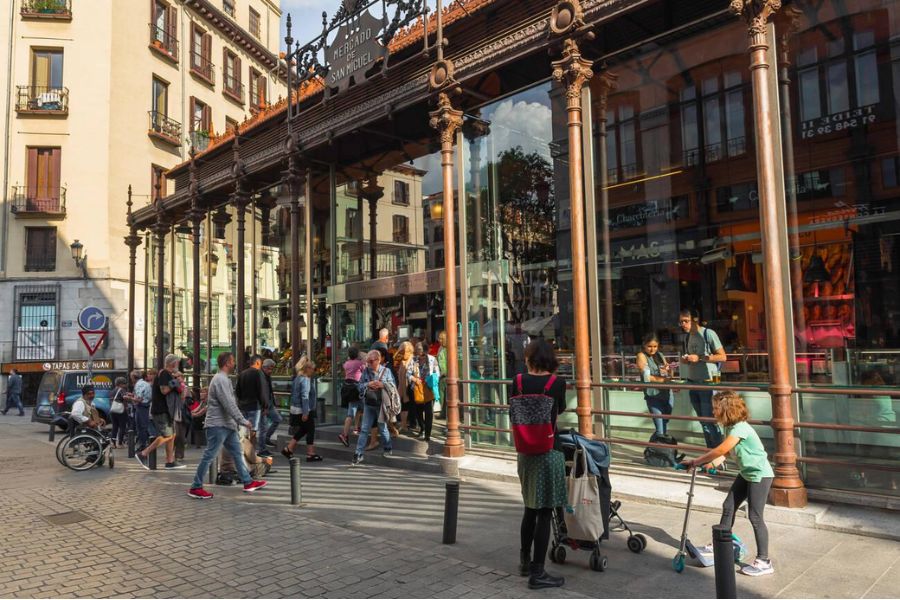
In the markets, I find pomegranates and mangoes from the fertile valley—a taste of Costa Tropical’s unique climate. Every dish, from gazpacho to crispy fried fish, connects back to ancient recipes.
These flavors blend land and sea, shaped by generations of Andalusians who know how to make a meal sing.
Cultural Celebrations and Modern Day Events
Costa Tropical buzzes with festivals that pull visitors and locals together all year long. The San Juan festival in June always sparks excitement.
Everyone gathers on the beaches for bonfires and midnight swims. I love the wild energy—music, fireworks, and grilled sardines fill the air.
Fiestas honor both Christian and Moorish heritage. In towns like Salobreña, people celebrate “Moros y Cristianos,” reenacting battles and sharing feasts that hint at the region’s multicultural roots.
I notice echoes of these celebrations in other cultures. Sure, you won’t spot Maya or Mexica dances here, but the sense of community and history feels universal, almost timeless.
Modern events mix tradition with new ideas. Digital art fairs and food markets showing off tropical fruits keep Costa Tropical’s calendar lively.
There’s always something happening, and I never feel like an outsider—there’s a real invitation to join in.
Sustainable Island Tourism and the Business of the Coast
Costa Tropical’s unique climate and lively villages create a blend of tourism, culture, and business you won’t find just anywhere. Protecting the coastline, supporting local shops, and choosing ethical adventures—these all matter if you want to experience the region responsibly.
Balancing Preservation and Tourism
I quickly realized that sustainable tourism isn’t just a buzzword here. Locals treat it as part of daily life, shaped by tradition and a bit of necessity.
Local officials set strict limits on new developments. They want to keep beaches from overcrowding and protect those fragile cliffsides.
Community events highlight the importance of coastal conservation. Guided walks sometimes include lessons about native plants, sea life, or erosion control.
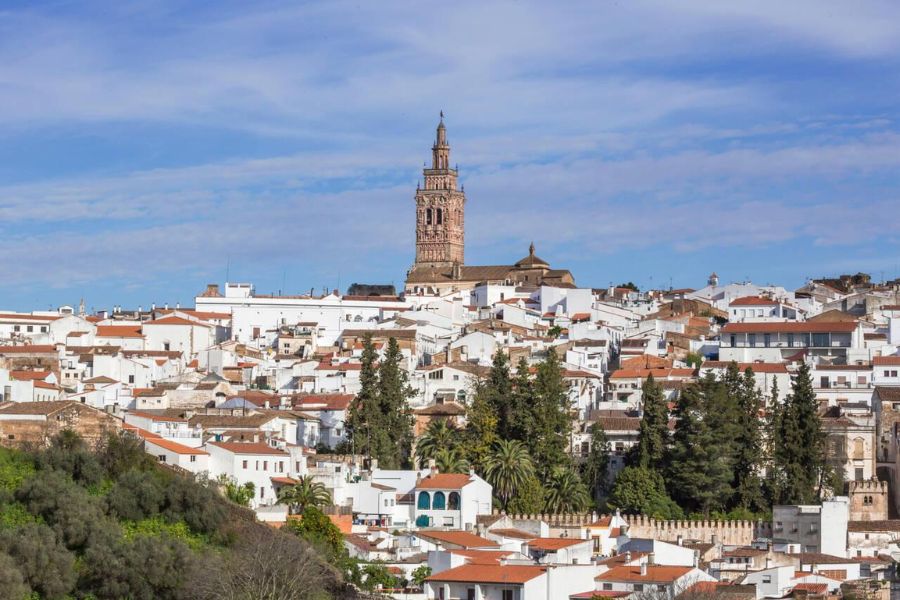
People really take pride in these landscapes. Beach clean-up days happen often, usually led by small hotels and restaurants.
This focus on preservation means every visit can help, not harm, the coast—if I make thoughtful choices.
Local Businesses and Coastal Economy
Small family-run shops cluster in the cliffside villages from Almuñécar to La Rábita. Many sell tropical fruits grown right on the hills above the sea—mangoes, avocados, cherimoyas.
When I sample these, I taste how local agriculture drives the area’s economy.
Hospitality here feels personal. A fruit stand in Salobreña once explained how their business connects directly to eco-minded travelers.
Restaurants serve fresh seafood and local produce with a kind of pride that’s hard to miss.
For visitors, supporting these businesses feels easy and genuinely meaningful. Every euro at a market, bakery, or guesthouse strengthens the coastal economy and keeps local traditions going.
Adventure Activities and Ethical Travel
The Costa Tropical coastline just begs to be explored. Outdoor adventures let me connect with the region in a way that feels real.
I’ll wake up early for sunrise kayaking, or maybe I’ll join guided hikes along those dramatic sea cliffs.
Before I book anything, I ask about eco-certification. I notice that tour guides who actually care for marine life—and who keep group sizes small—end up protecting both wildlife and the whole visitor experience.

Smaller, local companies avoid that mass-tourism vibe you see on Spain’s busier coasts.
I try to choose low-impact adventures, like snorkeling tours where they teach you about sea ecology. Biking through quiet villages or paddle-boarding at dawn just feels better, honestly.
Putting the environment and the local community first shapes every choice I make.

